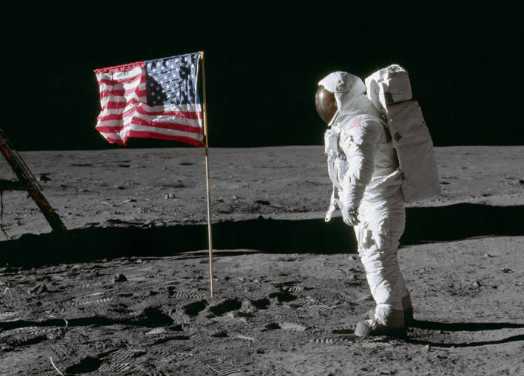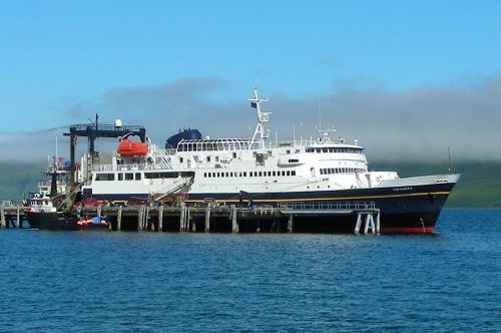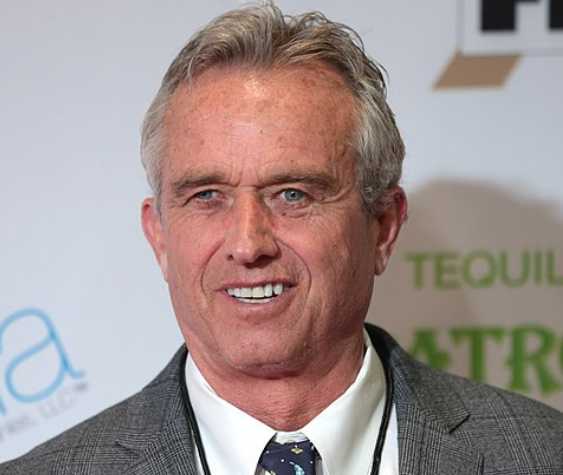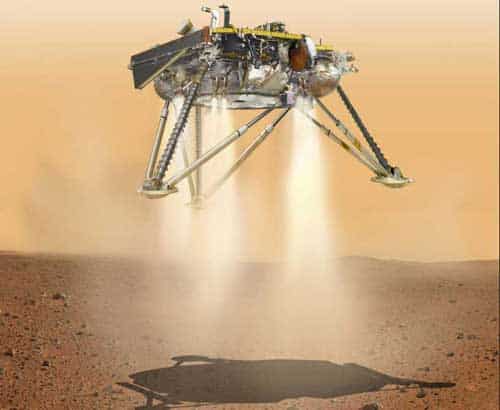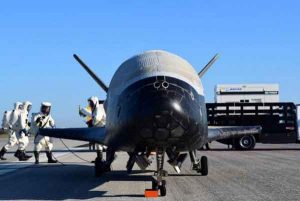
While seldom in the news, a United States Air Force craft, launched in May of 2015, remained in space for two years, before finally touching down on Sunday, the Air Force announced.
The X-37B, which looks like a much smaller version of the U.S. space shuttles, throughout its over 700 days in orbit, conducted a multitude of experiments in space, none of which any details have been given.
After landing at NASA’s Kennedy Space Center on a runway formerly used for space shuttles, the craft, one of two, took its place as the longest orbiting craft in the X-37 group.
The 29-foot spacecraft, built by Boeing, blasted of from a launchpad at Cape Canaveral strapped to an Atlas Five rocket that was built by Lockheed and Boeing in May of 2015.
The project is an offshoot of DARPA’s 2004 X-37 project, the Air Force took up the development of the X-37B project in 2006.
The cost of the missions, four of which have taken place with the two spacecraft, as well as the missions, are classified and details are not expected to be divulged by the government.
The time in space has increased from the first launch that orbited for eight months, a second that stayed aloft for 15 months, and a third that stayed in space for 22 months.
A fifth launch of this project is expected later this year.
Many have speculated as to the purpose of this craft, some say that the craft is used as a space spy platform, or as a space weapons delivery platform. The International Business Times speculated in November of 2016, that the craft was testing the EmDrive electromagnetic microwave thruster, a radio frequency resonant cavity thruster for deep space exploration.
The Air Force instead said that the project was testing a Hall-Effect Thruster, that utilizes an ion thruster that uses electrons to effectively accelerate ions to produce thrust.
It is unknown if this is in fact the case. Hall-Effect Thrusters have been used in space over 240 times since 1971.[xyz-ihs snippet=”Adsense-responsive”]


